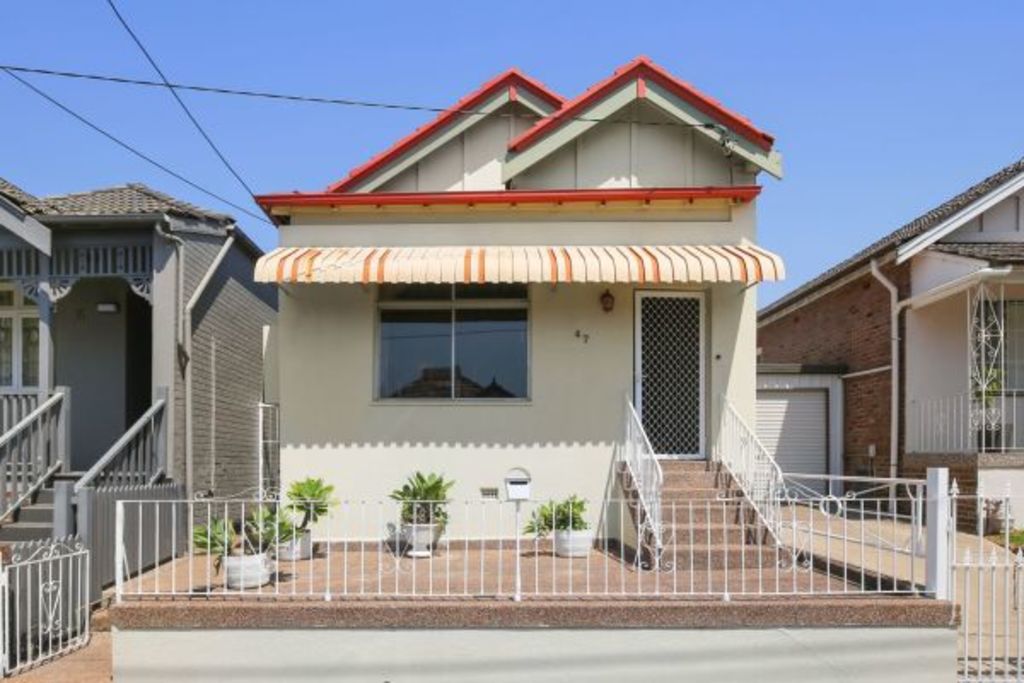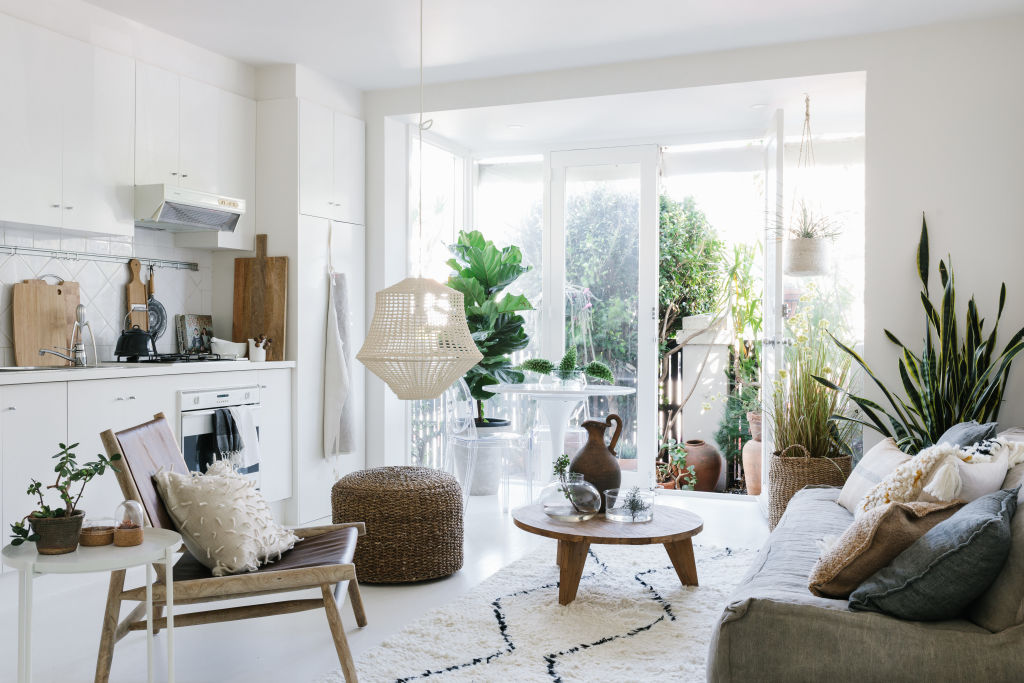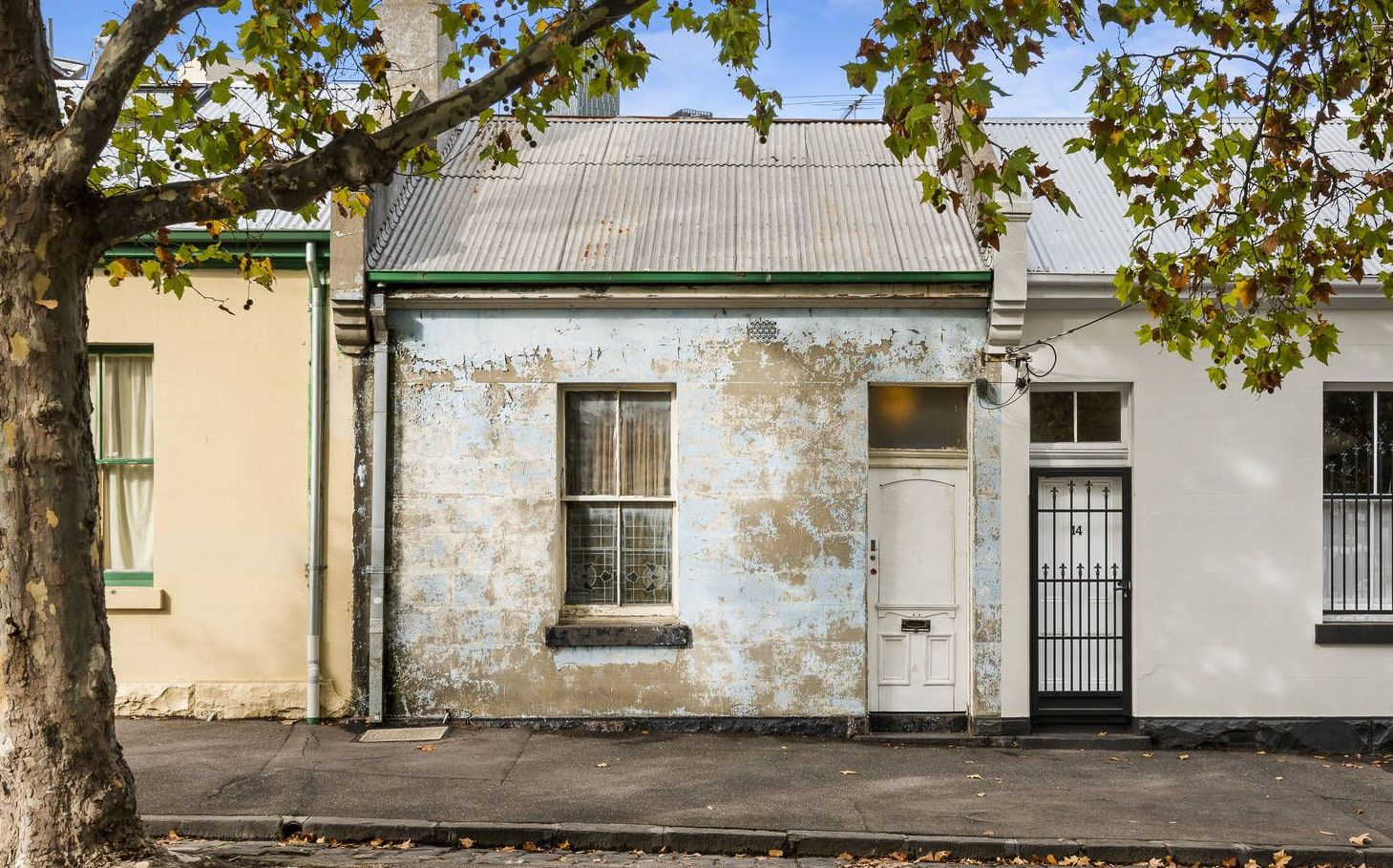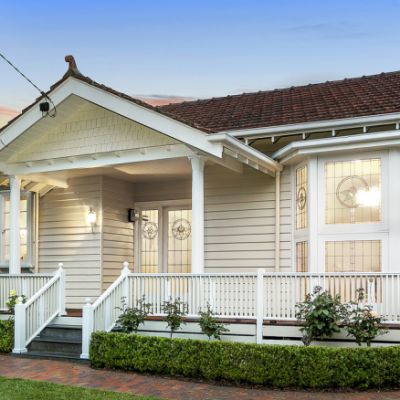These are the biggest deal-breakers that are turning off picky home buyers

If your house stinks, three out of five potential buyers will walk away.
That’s according to new research revealing the biggest deal-breakers that turn off picky buyers.
Topping the list of turn-offs was asbestos, with almost two-thirds of potential buyers refusing to purchase a home constructed using the once-common building material now known to be potentially harmful.
Just as many buyers wouldn’t purchase a home in a suburb with an above-average crime rate.
The survey by comparison platform Finder revealed the importance of location when choosing a home, with nine of the top 15 turn-offs related to the position of the property.
Half of those surveyed wouldn’t buy a home near a noisy pub or bar, in an industrial area, close to a major road or highway, under a flightpath, or near a brothel.
About a third of potential buyers were turned off by homes near cemeteries, while 30 per cent of respondents didn’t want to be too far from family.
Penny-pinching buyers dismiss less-than-perfect properties
Many negative aspects of a property can be changed – bad smells can be fixed by replacing carpets or repainting, and asbestos can be remedied, albeit at a cost.
But house hunters with limited budgets are more likely to dismiss a property that needs major work, reducing the pool of buyers, according to buyer’s agent Cate Bakos.
“If you don’t have equity on hand or a considerable stockpile of cash, you’ll find you need to pick a property that is liveable now,” she said.
Bakos said the housing downturn and reduced access to finance had made buyers more picky in recent years.
“A lot more things are deal-breakers for buyers right now than they were two years ago,” she said.
She said buyers were dismissing properties with floor plan issues, which can be expensive to fix. These include homes without enough storage or smaller than average rooms.
“Bedrooms with dimensions that are less than 2.7 metres mean that getting a queen bed and side tables in there is next to impossible,” she said.
Properties with a single bathroom incorporating a toilet and shower or bath also had a limited buyer pool.
“That will be a bit of a deterrent to anyone that’s looking at house sharing,” she said.
A lack of natural light — a turnoff for 46 per cent of buyers — is also very difficult and expensive to fix.
“Floor plans that don’t have the living room windows facing north will constantly feel cold or damp or dark.”

While floor plans can be changed, some drawbacks are impossible to fix. Despite an expectation that car ownership will decline, a lack of parking was a deal-breaker for 55 per cent of potential buyers.
Without dual street or rear lane access, parking can be very difficult to add to a property because councils generally restrict the addition of parking spots in front of houses.
This can hurt a home’s value into the future, as properties without parking won’t grow as much in value as those with parking, according to Wakelin Property Advisory director Jarrod McCabe.
“It’s very important that you have a car space whether you need it or not,” he said.
Pre-sale preparation boosts bottom line
Sellers who don’t fix up their properties hurt their chances of a good result on auction day, according to Belle Property Annandale principal Robert Clarke.
“If it doesn’t look loved, it’s going to be harder to sell,” he said.
“The ones that present well, are clean and tidy, smell nice, are not overly cluttered, and that give a good first impression online are the ones that are generating bigger numbers at the open house.”

Nelson Alexander Kew agent Chris Ewart says taking the time to prepare a property before sale is worth it, and home owners should hire professionals rather than take the DIY route.
“It might take three weeks to knock a house into shape if you’re not doing any big things,” he said. “Usually it’s going to be more cost effective doing your day job and getting a professional to do the work.”
He said cutting costs on a pre-sale renovation can backfire. “You shouldn’t put the cheapest carpet in and you shouldn’t do the cheapest paint job.”
A cosmetic renovation in a neutral colour scheme that appeals to a wide pool of buyers is the key, and the experts say that styling will pay off.
“In the overall scheme of things it a small investment,” Ewart said.
We recommend
States
Capital Cities
Capital Cities - Rentals
Popular Areas
Allhomes
More










